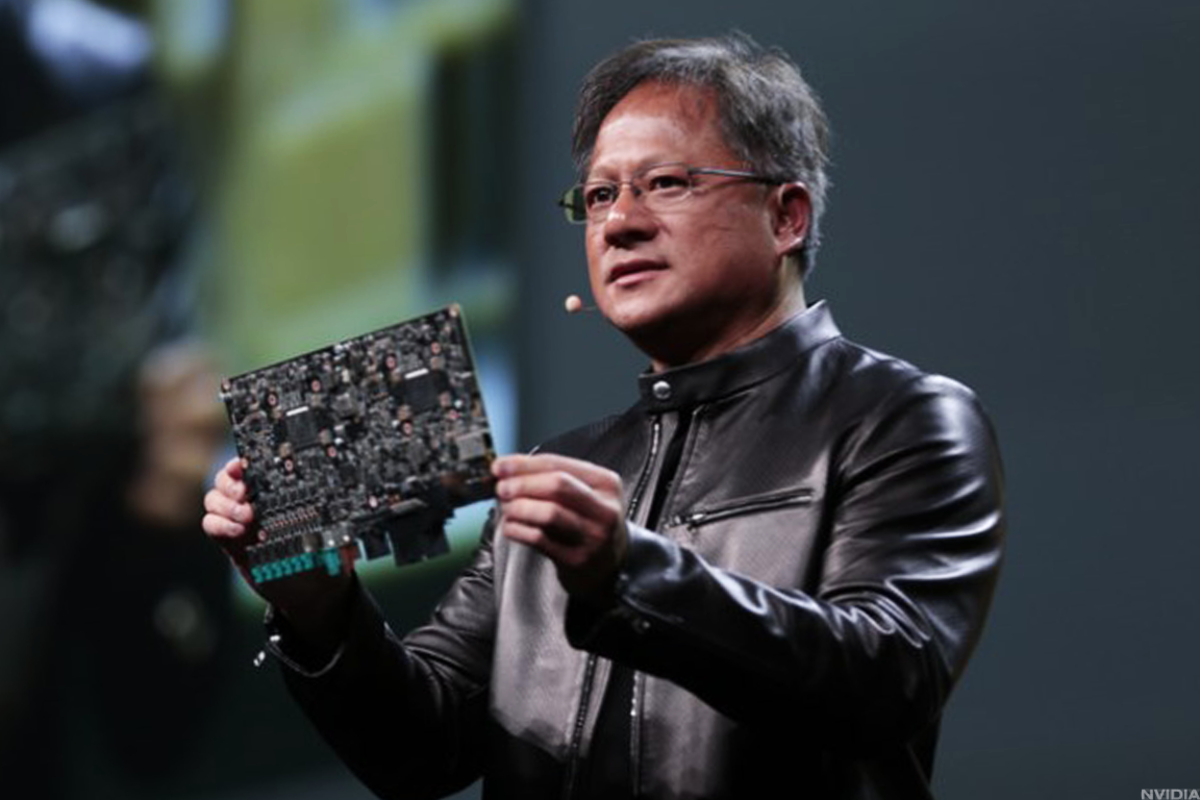Jensen Huang’s Leadership at NVIDIA

Nvidia ceo – Jensen Huang, the co-founder and CEO of NVIDIA, is a visionary leader who has guided the company to become a global leader in visual computing. His passion for technology, combined with his strategic thinking and unwavering commitment to innovation, has transformed NVIDIA into a powerhouse in the industry.
Educational Background and Career History
Jensen Huang was born in Taiwan and immigrated to the United States with his family at the age of 9. He earned a Bachelor of Science degree in electrical engineering from Oregon State University and a Master of Science degree in electrical engineering from Stanford University. After graduating, Huang worked as a design engineer at Advanced Micro Devices (AMD) before co-founding NVIDIA in 1993.
Role in Shaping NVIDIA’s Corporate Culture
Huang has played a pivotal role in shaping NVIDIA’s corporate culture. He believes in empowering employees and fostering a collaborative and innovative environment. Under his leadership, NVIDIA has become known for its “employee-first” culture, which emphasizes employee well-being, professional development, and work-life balance.
Management Style and Impact on Innovation
Huang is known for his hands-on management style and his unwavering commitment to innovation. He actively participates in product development and is always looking for ways to push the boundaries of technology. His passion for innovation has driven NVIDIA to develop groundbreaking products that have revolutionized industries such as gaming, data science, and artificial intelligence.
NVIDIA’s Technological Innovations: Nvidia Ceo

NVIDIA has been a pioneer in the field of computer graphics, artificial intelligence, and deep learning. Its groundbreaking contributions have revolutionized industries such as gaming, healthcare, and automotive.
NVIDIA’s graphics processing units (GPUs) have set new standards for performance and efficiency in computer graphics. They have enabled the creation of immersive and realistic virtual worlds in video games, movies, and other applications. NVIDIA’s GPUs have also been used to accelerate scientific research, such as simulations of protein folding and drug discovery.
NVIDIA’s artificial intelligence (AI) platform, CUDA, has made it possible to develop and deploy AI applications on a massive scale. CUDA has been used to create self-driving cars, medical diagnosis systems, and natural language processing applications.
NVIDIA’s deep learning platform, TensorRT, has further accelerated the development and deployment of deep learning applications. TensorRT is used in a wide range of applications, such as image recognition, object detection, and natural language processing.
NVIDIA’s technological advancements have empowered developers and researchers to push the boundaries of innovation. Its GPUs, AI platform, and deep learning platform have made it possible to create new and groundbreaking applications that are changing the world.
Specific Examples of NVIDIA’s Technological Innovations, Nvidia ceo
* The NVIDIA GeForce RTX 3090 is the most powerful consumer graphics card on the market. It is based on NVIDIA’s Ampere architecture, which offers significant performance improvements over previous generations of GPUs.
* The NVIDIA DRIVE platform is a comprehensive suite of hardware and software for self-driving cars. It includes NVIDIA’s Xavier SoC, which is a powerful AI processor designed for automotive applications.
* The NVIDIA Clara platform is a suite of AI tools for healthcare applications. It includes NVIDIA’s Clara AGX, which is a medical-grade AI platform for developing and deploying AI applications in healthcare settings.
These are just a few examples of NVIDIA’s many technological innovations. Its commitment to innovation has made it a leader in the field of computer graphics, artificial intelligence, and deep learning.
NVIDIA’s Market Position and Future Outlook

NVIDIA Corporation, a global leader in semiconductor design and manufacturing, holds a prominent position in the industry. The company has consistently maintained a strong market share in key segments, including graphics processing units (GPUs), data center accelerators, and automotive chips.
Key Factors Driving Success
NVIDIA’s success can be attributed to several key factors. Firstly, the company’s unwavering focus on innovation has led to the development of groundbreaking technologies that have revolutionized industries. Secondly, NVIDIA’s strategic acquisitions have expanded its portfolio and strengthened its position in emerging markets. Lastly, the company’s global expansion has enabled it to tap into new customer bases and drive revenue growth.
Future Growth Prospects
NVIDIA’s future growth prospects are promising, with several potential new markets and emerging technologies offering significant opportunities. The company’s entry into the metaverse and cloud gaming markets, as well as its focus on artificial intelligence (AI) and machine learning, are expected to drive future growth. However, the company may face challenges such as increased competition and geopolitical uncertainties.